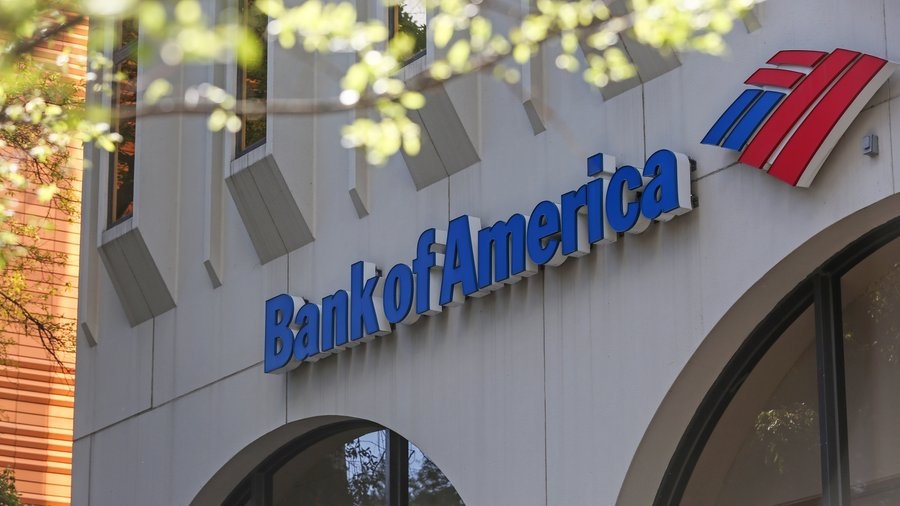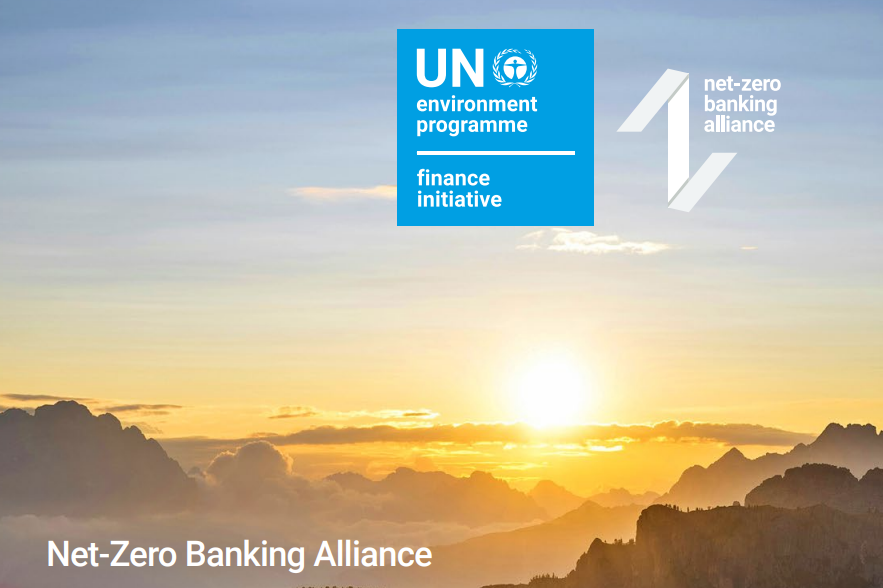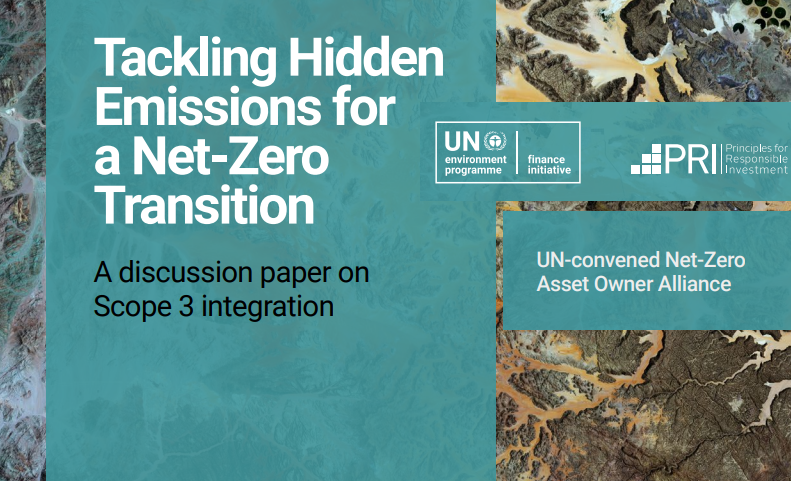US Banks Scale Back DEI Commitments Amid Political and Regulatory Shifts
US banks like Bank of America, Citi, and Wells Fargo are scaling back DEI efforts in response to political and regulatory pressures. Replacing bold DEI language with broader terms, these institutions are recalibrating their approach. The key question now is how they’ll balance inclusivity with the shifting political and business landscape — something to watch closely in the coming months.

Leading US banks, including Bank of America (BofA), Wells Fargo, Citi, and JPMorgan Chase, have notably reduced references to diversity, equity, and inclusion (DEI) in their recent regulatory filings. This shift marks a strategic realignment, driven by intensifying political scrutiny and changing regulatory landscapes, particularly under the Trump administration's stance on corporate diversity policies.
Bank of America's Shift
In its latest 10-K filing, BofA replaced the “Diversity and Inclusion” section with a more general “Talent, Inclusion and Opportunity” category. Furthermore, explicit references to DEI initiatives have been omitted, including mentions of its Global Diversity and Inclusion Council, which has now been rebranded as the “Global Opportunity and Inclusion Council.” Workforce demographic data, previously labelled as “Diversity Metrics,” is now referred to as “Workforce Data.”
This strategic move aligns with the Trump administration’s executive orders limiting diversity-related mandates for government contractors, with BofA falling into that category. The bank has also decided to discontinue setting aspirational DEI-related hiring goals or requiring diverse candidate slates for job openings. Citi has similarly adjusted its DEI strategy, with CEO Jane Fraser choosing to eliminate formal DEI-related hiring targets.
Wells Fargo and Other Institutions Follow Suit
Wells Fargo has made similar changes, removing references to its annual pay equity review, which had previously compared compensation for women and underrepresented groups to their peers. While demographic data regarding its workforce remains disclosed, the bank has reframed its DEI commitments to focus more on fostering an inclusive work environment than on specific diversity initiatives.
Other prominent banks, including Capital One, U.S. Bank, and Truist, have also scaled back their DEI commitments. Truist, for example, has rebranded its “Teammate Diversity” section as “Teammate Composition,” further signalling a shift in its approach to diversity initiatives.
The Broader Shift in Corporate Strategy
This scaling back of DEI commitments underscores a broader trend across the financial industry, reflecting increased political and legal scrutiny of corporate diversity programmes. As banks adapt to a more polarised regulatory environment, they are recalibrating their strategies to balance compliance with current policies while maintaining their reputation and employee engagement.
Despite these adjustments, BofA CEO Brian Moynihan has emphasised that the bank remains committed to fostering inclusion, pointing to efforts to recruit from lower-income communities. However, his comments at a recent Economic Club event notably avoided specific references to DEI policies, instead highlighting broader workforce opportunities.
Implications for the Future
The reduction in DEI language and commitments has significant long-term implications for the financial sector. As banks adjust their approaches to corporate social responsibility, business leaders and investors must consider the wider impact on corporate image, workforce engagement, and operational effectiveness. The trend also calls attention to the growing need for businesses to reassess the value of DEI programmes in the face of mounting regulatory scrutiny.
For companies navigating this changing landscape, it’s essential to remain flexible and responsive to the evolving political climate while continuing to foster an inclusive and effective workplace. This trend could mark a turning point in how DEI initiatives are implemented, with a growing emphasis on the tangible benefits to both the workforce and the bottom line.



